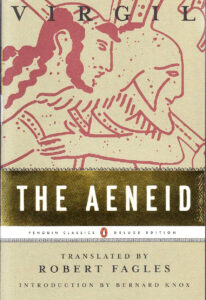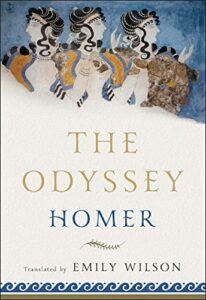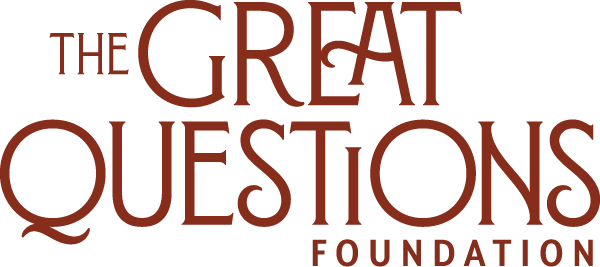When man has a virtuous thought, Heaven will grant him support. (Chapter 87)
Wu Cheng’en
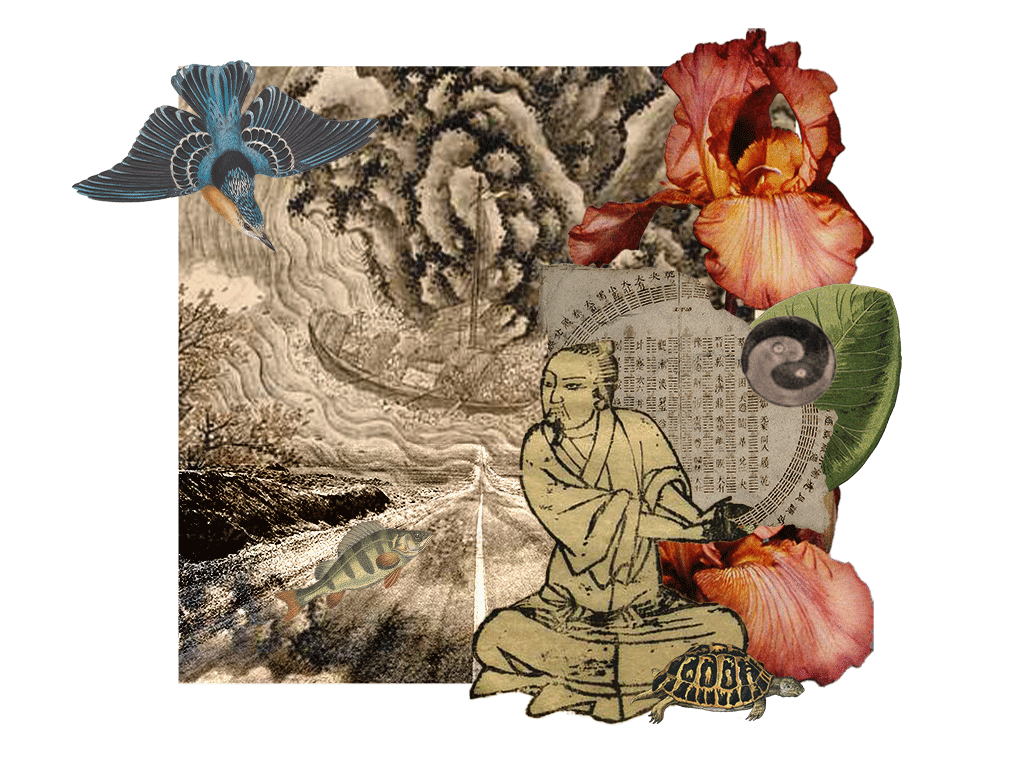
The Journey to the West
Wu Cheng’en
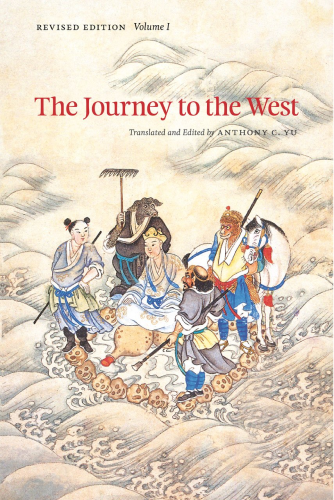
Wu Cheng’en, The Journey to the West, Anthony C. Yu, translator and editor (Chicago: University of Chicago Press, 2012). ISBN-13: 978-0226971322
Wu Cheng’en’s The Journey to the West is a loosely-based account of the pilgrimage Xuanzang, a monk who traveled westward from China to India in search of Buddhist scriptures.
The story begins by focusing on Sun Wukong, the “monkey king,” and how he gains tremendous powers through years of spiritual development. In the process, however, Sun Wukong angered the supreme deity, Buddha, and is banished to Earth. Next, the story centered on Tang Sanzang. He is greatly dismayed by the greed and the immorality that exists in the “land of the South”; so much so, he goes on a long journey to the West with Sun Wukong and two other protectors – Zhu Bajie and Sha Wujing. This long journey is filled with many trials and great suffering; however, each member achieve enlightenment as they learn the benefits of working together
Why This Text is Transformative?
The Journey to the West raises important questions on human nature and morality that still have relevance to today’s society.
The Journey to the West not only provides insights into Daoism, Buddhism, and Taoism and how these teachings interact with each other and co-exist harmoniously. However, at the same time, The Journey to the West raises important questions on human nature and morality that still have relevance to today’s society. For example, the journey that Xuanzang, Sun Wukong, Zhu Baije, and Sha Wujing take serves to symbolize one’s detachment from material items as they corrupt the human condition and prevents true enlightenment. Moreover, The Journey to the West highlights the long-standing relationships that exists between individuals and a Supreme Being of Supreme Beings, which has continued relevance today.
A Focused Selection
Study Questions
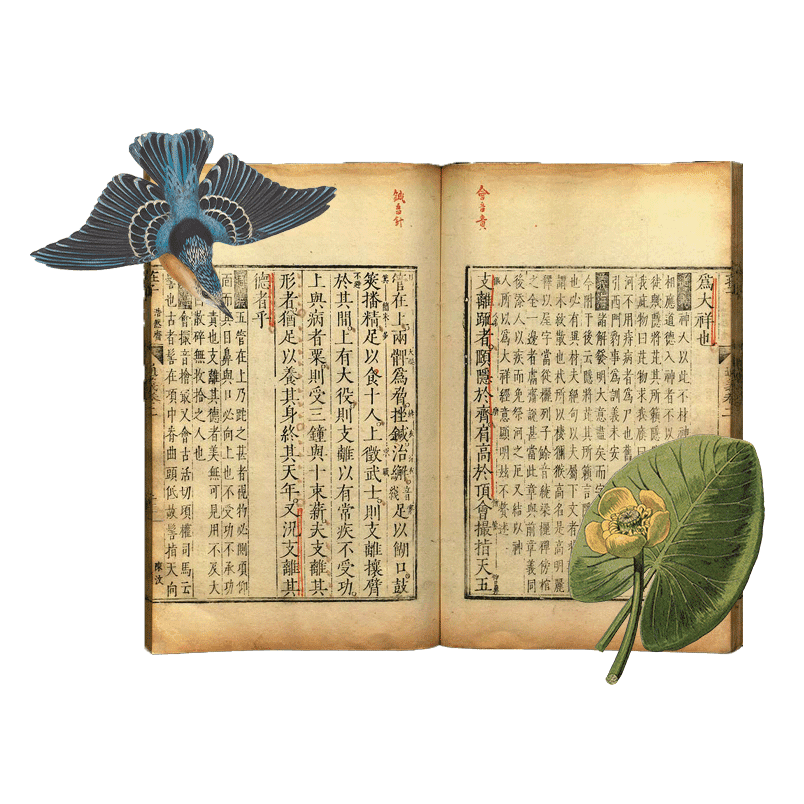
Three, 75-minute sessions can be devoted to discussing the third section of The Journey to the West.
1) What role does religion play in The Journey to the West? What relationship did the characters have with supreme deities? How does this relationship compare or contrast with the relationships that existed between characters and supreme deities in western works?
2) The Journey to the West provides insight into three distinct teachings – Daoism, Buddhism, and Taoism. What are the main premises that emerge from each teaching? How are these teachings able to coexist harmoniously?
3) What view of human nature does Wu Cheng’en present in The Journey to the West? What contributes to a change in the human condition?
4) What can The Journey to the West teach people about society and human nature today? How has human nature and the human condition changed over time? Or has human nature and the human condition changed?
Building Bridges
Wu Cheng’en’s The Journey to the West matches well with works like the Aeneid, The Iliad, and the Odyssey for several reasons. Each work highlights how long, difficult journeys shape not only the human spirit but also human behavior as well as human interactions. Furthermore, each story examines the role the gods or supreme deities play in shaping earthly affairs, examining issues of free will as well as the human relationships with Supreme Beings. Lastly, each story highlights how the theme of growth and enlightenment, raising the question of whether human lives are influenced by outside factors. In showing how these works speak to each other, students can see connections that linked western and eastern societies during the ancient period.
The Journey to the West also speaks to transformative works from eastern philosophers like Xunzi’s “Human Nature is Evil” as well as Mencius’s “Oh Human Nature.” Each work provides insight into the nature of human nature. In a way, The Journey to the West is in conversation with Xunzi’s “Human Nature is Evil.” For Xunzi, human nature is inherently evil. Any good that comes from it stems from “conscious activity.” For Wu Cheng’en, human nature is morally corruptible when people become tied to material possessions and glory. The way to improve human nature is through the activity of disconnecting oneself of materialism and glory. Yet, at the same time, the argument can be made that Wu Cheng’en disagrees with Xunzi. That human nature is not inherently bad, just corruptible. In that light, one can support the position that Wu Cheng’en is more in line with Mencius, who believes human nature is inherently good.
Supplemental Resources
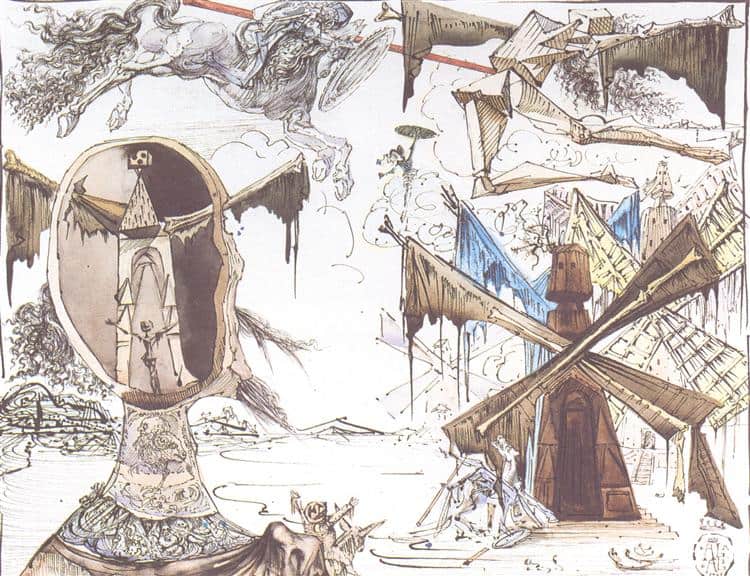
Don Quixote and the Windmills, 1945 - Salvador Dali - WikiArt.org
Don Quixote has been an inspiration for many visual artists. Spanish surrealist Salvador Dali returned to the novel multiple times throughout his long career, creating sketches, paintings, and sculptures of Don Quixote and Sancho, depicting important episodes in the book. A pairing of an episode with one of Dali’s works can lead to a stimulating discussion.
What details do students notice? What do his artistic choices suggest about his interpretation of the characters? To the extent that students are familiar with the story of Don Quixote, it is likely to be as it is filtered through the musical The Man of La Mancha. The musical has its own merits, and is framed by the interesting device of placing Cervantes on stage as a narrator, but of course it is impossible for it to capture much of the complexity of the book – and it alters the ending dramatically. Students may find it interesting to compare the two endings.
Text Mapping
Discipline Mapping
English/Composition Studies
History
Philosophy & Religion
Page Contributor


